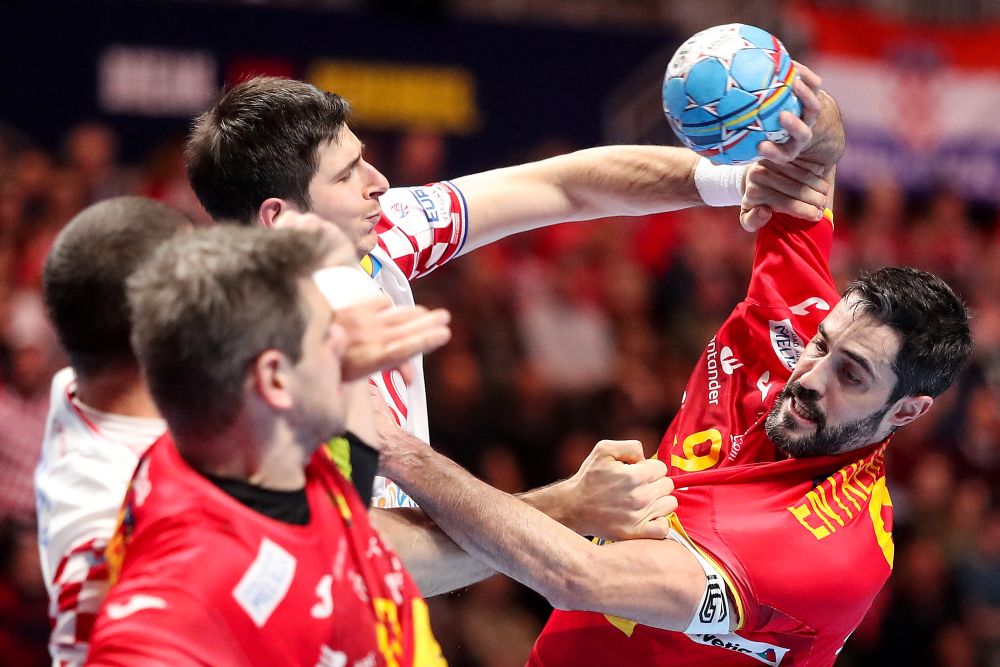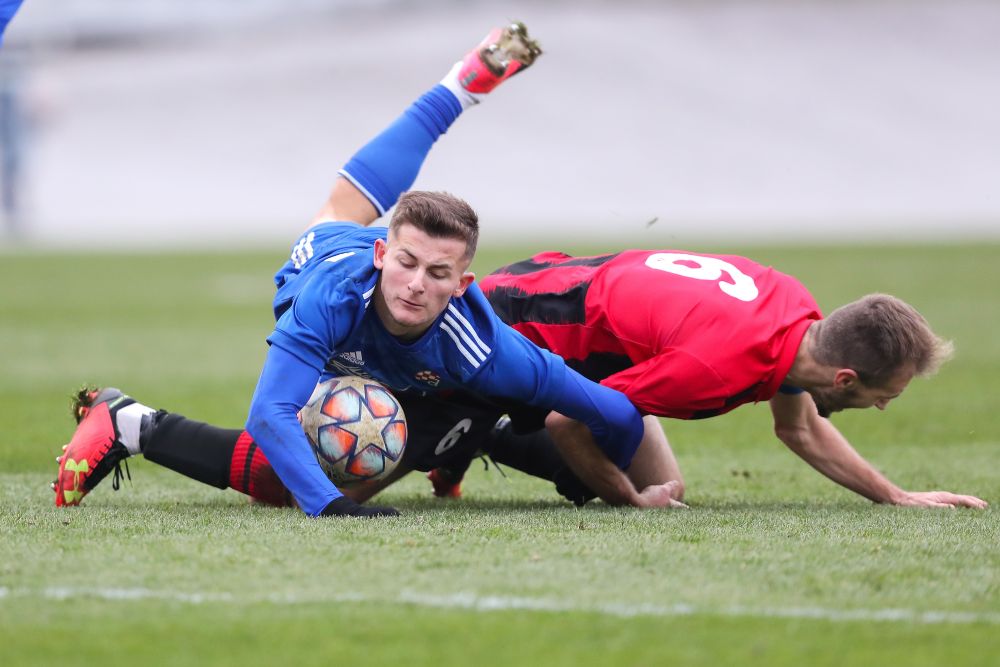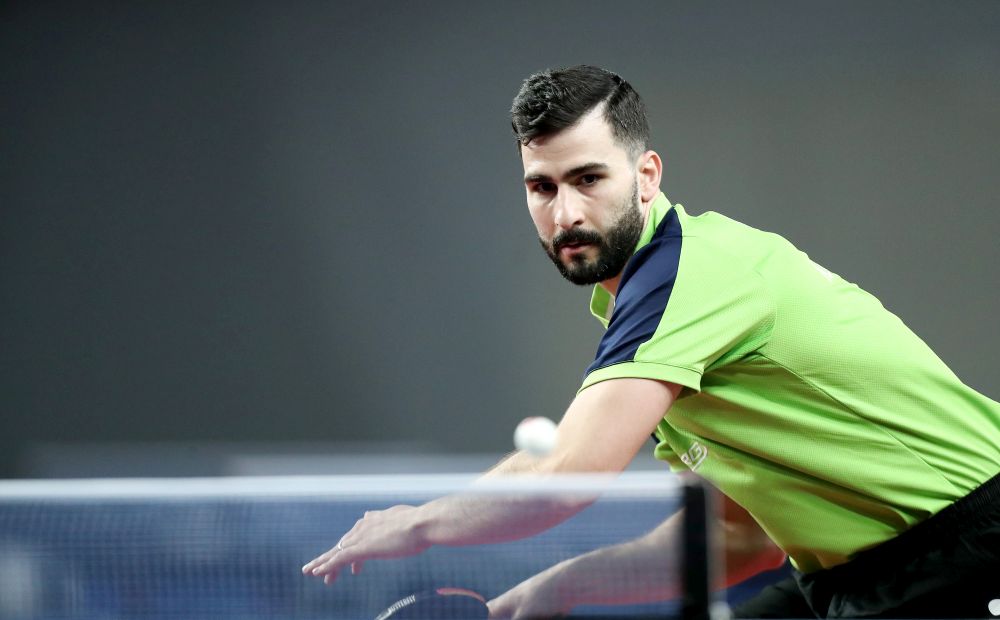More than 350 colleagues connected, more than 140 countries represented, a special welcome from IOC president Thomas Bach, a powerful message about racism and some of the brightest minds in the sport media industry reflecting about the pandemic were the highlights of the first AIPS e-conference, celebrated on July 2, marking the 96th anniversary since the creation of the International Sport Press Association in 1924.
After 105 days in lockdown in Argentina, this trilingual reunion was not just inspirational, but also very important, to feel the virtual warmth of being surrounded by colleagues from all around the world. Full of familiar faces, minutes before the official kick-off time of 2 pm, my screen was already filled with former Young Reporters and e-College students, Executive Committee members, editors and directors of the some of the world’s most respected sports newspapers, members of the AIPS Sport Media Awards Jury… and especially friends. It was undoubtedly one of the highlights of this dark time of isolation.
For most of us, our last real moment of freedom was the AIPS Congress in Budapest, in February. It has a deep effect to meet again, even if virtually, as a symbol of being closer to the end of this tunnel.
THE BEGINNING As AIPS secretary general Jura Ozmec introduced AIPS president Gianni Merlo, the Zoom chat was already bursting with positive messages. This was, indeed, a celebration of our profession, despite all difficulties and the fear of what’s coming next. And one of the main ones is guaranteeing access to sources, since restrictions appear to have arrived in order to stay.
“We respect security reasons, but when we make our legitimate requests to return to work with access to sources and we are told that certain access bans are placed to defend the privacy of athletes or managers, we cannot believe this excuse. There are those who, with privacy as an excuse, intend to hide unclear plans and operations,” said Gianni Merlo.
QUESTIONS As we will discover sporting events that allow the gradual return of fans, what will happen with journalists? Will the stricter quotas, without direct contact with the athletes or working areas, prevail for ‘sanitary’ reasons?
Will the covid-19 for sports journalist be an equivalent of the September 11 for travelling? Will dressing rooms, mixed zones areas, training sessions become the new cockpits, locked from the inside under all circumstances forever? What’s the future access to sources under this secrecy? Questions like these and many more were raised by USA Today star columnist Christine Brennan. And we are all willing to find the answers.
ACCESS TO SOURCES It’s kind of ironic. Athletes have no time for us, but they can act —yes, perform as actors— for the social media channels of their own employers. The first examples of this behaviour were rare finds that were shared on our Young Reporter Programmes. Now they are common. It is why it is imperative to understand the meaning of Gianni Merlo’s proposal - to discuss directly with the federations and athletes how the press will be an important player in the future. To respect quotas not only for accreditation, but for direct access, even digital, that is equivalent of even bigger than it was before the pandemic.
JOURNALISTS ADD DEPTH As Kyodo News editor Shinsuke Kobayashi stated, “athletes now can talk with fans with social media and big clubs can sell their content on their own TV channels, but it is the professional analysis of journalists the ones that add depth to sport coverage and sport storytelling, and that tell us what happen behind the scenes. As vigilants of the power and the authority, we must not let them put us aside in the photo post-corona.”
If so, one day, we risk realising that in order to read the kind of contents that we loved, we will have to tune the clubs official channels, or the league official channels, or the organisation official channels. Engaging content diluted to mask the real issues, a dangerous evolution of house organ publishing. Pictures and videos that show a part of the story. A world in which everyone is good and behaves well, without conflict, without leaks, with the most difficult questions asked being whether they choose chips or salad as side dishes. The Matrix. A lie.
INDEPENDENT JOURNALISM From Australia, panelist Tracey Holmes also had no doubts about this: “The lines are getting blurred. The journalist becomes a publicist. The publicist becomes a fan. Where does this leave us? The reward for a strong and independent journalism is a strong an independent society.”
A world without press is also a world without control. The dark corners that were mentioned by Record editor Carlos Ponce, have the power of expanding until covering all the light in darkness.
SENSE OF COMMUNITY If during the e-conference any of you chose to concentrate exclusively on the screen, you might have missed what was going on in the chat window, a vibrant atmosphere with encouraging messages and virtual applauses, celebrating the panelists’ interventions and also serving as a media center in which visiting cards are exchanged and prosperous mutual collaborations are starting.
The idea of creating a community, one of the standpoints of Marca’s director Juan Ignacio Gallardo, must also start from us, sports journalists. The novel idea of the AIPS e-conference had the power of being the first one of many, with one certainty - just as this famous picture of the journalists in the boxing ring in 1924 that we’ve all learned to love, there’s no turning back after this one.
The more we connect, the more we interact, the more chances we have of surviving as professionals. Yes, surviving, because this is the ultimate battle that we are facing. We are grown ups and there’s no need to be naive.
RED ZONE EXPERIENCE When the AIPS president explained about how it was living in a red zone, with people dying without seeing their families and an urn with ashes delivered a few days later, it was impossible not to draw a parallel with the media landscape of many countries. The victims, magazines and newspapers that are downsizing, closing and disappearing. Colleagues that are laid off and that become nameless stats. Just numbers. One hundred here. Two hundred there. We are getting used to nameless victims. They’re no longer news.
SAD REALITY I was personally one of them, two years ago, after El Gráfico, the most famous magazine in Argentina was wiped from the face of the earth in a 25-minute meeting. I had spent half of my life there, I had met my wife there, but I had to clean my office next to a security guard, without even being able to touch my computer to write a farewell message. El Gráfico’s disappearance barely made the news for two days, its demise being masked as part of the editorial crisis, rather than mismanagement and corruption from the brand owners and shareholders. Losing a bunch of dollars per month seemed to be critical for the board of Torneos, the same company that had recently paid 120 million dollars in fines to the FBI over the FIFAgate scandal, and that celebrated the indiction as a victory, because they were allowed to keep the World Cup and Copa America TV rights they had unlawfully earned by bribing
CONMEBOL officials all over the continent. This is, sadly, the reality we live in.
Many others media outlets that dodged their demise in the last 5 years found in covid-19 a tailor-made enemy. To some businessmen and shareholders, this was the perfect excuse to finally go out of business, or wipe the print edition, or cut wages. Those that had not sprinted towards modernisation, digitalisation, portfolio expansion and combined business models to avoid relying on just one source of income… well, needless is to say that they will hardly make it.
DIGITAL GROWTH It is one of the advantages of L’Equipe, as its editor Jerome Cazadieu carefully detailed about the digital growth and the creation of certain premium content under a paywall six years ago, aligning the magazines towards a joint objective, merging the workforce without distinction of online and print, and creating a department for special projects.
COMMON LANDSCAPE Until we understand the our problems are similar, regardless of the countries, cultures and circumstances, we will be unable to come with a collective solution. It is what Marca’s director Juan Ignacio Gallardo announced in the AIPS Congress in Brussels 2018. “When banks are in difficulties, they unite, none of them is caught on its own, off-guard”. His speech about the meteorite and the dinosaurs extinction is today more relevant than ever.
Media outlets are still showing suspicious eyes before speaking publicly about their problems, as if revealing them was a sign of weakness. But by staying secretive, we are simply choosing suffering, and possible perishing, in silence. This e-conference was a positive sign towards that direction. Last month, Gallardo organised a panel of editors from three continents to discuss the future of print editions on Marca’s YouTube channel, a brave initiative to acknowledge a common landscape and try to come up with some solutions.
“I think that the sports press has to broaden its field of action: We cannot settle on offering only sports information. We must also be a channel for information on leisure and entertainment. During confinement it has been shown that the public also visits our websites even when there is no sport. And they consume non-sports content that we offer to them,” he said.
Badreddine Drissi Lahsini, editor-in-chief of Al-Mountakhab newspaper, also announced a complete transformation for the future, with just one certainty: the editorial line remains untouched, everything else can be changed and rethought. “Our present, rather problematic one, should be the starting point for a new and serious collective reflection about the short term future of sport media outlets, because our battle is to create a system of protection against pandemic and natural disasters, as we deepen our relationship with sport and financial institutions that invest in sports, an understanding that is based on strong and legal rules to cover both sides, without risking the editorial line”
FREELANCERS Compared to media outlets, freelancers are in a worse situation, because in many countries they are undocumented workers, with no rights whatsoever, not even included in the picture or at least given the benefit of becoming one number. They are simply invisible. And if they vanish, nobody will notice. This was well explored by Kwabena Yeboah, who painted a masterpiece of the suffering among Ghana’s colleagues. In times of crisis, independence is more compromised than ever.
How many others live this terrible pressure? And more importantly, what do we do about this?
“Like the football team that is trailing, we need to go in a huddle. We need to come up with ideas to survive this personal and professional attack on us by the virus. Here's hoping for a last-minute winner from the sports journalists,” was Sandeep Dwivedi, editor of The Indian Express.
RACISM Enough is enough, as AIPS vice-president Evelyn Watta pronounced when speaking about systemic racism. This also applies to media outlets. Free speech is not a free ticket to ignorance and racism cannot and should not be approached as a two-side story. Systemic racism and discrimination is something that media outlets have failed to acknowledge, choosing, instead, to publish this as a collection of isolated cases, a poster full of dots with no connection. Names like Evra, Romero, Kapernick, Kean, Lukaku and so many others have one conductor wire that many failed to identify. At the Young Reporter Programmes, we’ve tackled discrimination as a main topic, rather than as an anecdote, thus bringing very interesting visions from international colleagues about what to do to avoid biases.
YOUNG REPORTERS PROGRAMME “In these difficult times, the Young Reporters Programme is proving that as journalists we will survive as a community or we will perish as individuals,” said my fellow mentor Riccardo Romani.
This is also why the next AIPS event, starting on July 21, will be a seminar to address dedicated to the women in the sport media industry, the challenges they face and the solutions for a more balanced workforce with equal opportunities, equal respect and equal pay. But despite the storm, there are some positive news ahead.
THE FUTURE As Cazadieu explained, we will have a fantastic sporting calendar ahead. Should we have learned by next year? “Going back to how it was before as if nothing had happened would be the worst of mistakes,” emphasised La Gazzetta dello Sport editor in chief Stefano Barigelli, asking to put the athlete in the center, not the result.
Having an eye for a story rather than being a prisoner of the result is indeed, a big challenge. This declaration of principles that was found during the pandemic needs to be sustained by quality content once the sport has fully resumed, and with it, get rid of the culture of last-minute news, which is no different from junk food: it feels your stomach and can become addictive, but it is also dangerous and unhealthy in the long term.
“The future of sports journalism is still waiting to be built. And I’m loving it, because we are the ones that will build it,” proclaimed Gallardo.
This positive gathering, our faces in the little rectangles of Zoom, must be the equivalent of that boxing ring picture taken in 1924. It starts from here. How it will end, that will entirely depend on us.

 EN
EN HR
HR




































